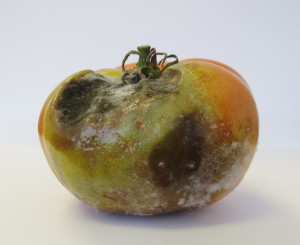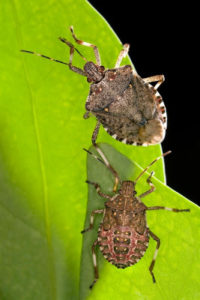
Pest News: Late blight isn’t late this year… It’s early again.
Late blight has been confirmed on tomatoes in Watauga, Guilford and Wake Counties and on potatoes in Watauga County …



El inglés es el idioma de control de esta página. En la medida en que haya algún conflicto entre la traducción al inglés y la traducción, el inglés prevalece.
Al hacer clic en el enlace de traducción se activa un servicio de traducción gratuito para convertir la página al español. Al igual que con cualquier traducción por Internet, la conversión no es sensible al contexto y puede que no traduzca el texto en su significado original. NC State Extension no garantiza la exactitud del texto traducido. Por favor, tenga en cuenta que algunas aplicaciones y/o servicios pueden no funcionar como se espera cuando se traducen.
Inglês é o idioma de controle desta página. Na medida que haja algum conflito entre o texto original em Inglês e a tradução, o Inglês prevalece.
Ao clicar no link de tradução, um serviço gratuito de tradução será ativado para converter a página para o Português. Como em qualquer tradução pela internet, a conversão não é sensivel ao contexto e pode não ocorrer a tradução para o significado orginal. O serviço de Extensão da Carolina do Norte (NC State Extension) não garante a exatidão do texto traduzido. Por favor, observe que algumas funções ou serviços podem não funcionar como esperado após a tradução.
English is the controlling language of this page. To the extent there is any conflict between the English text and the translation, English controls.
Clicking on the translation link activates a free translation service to convert the page to Spanish. As with any Internet translation, the conversion is not context-sensitive and may not translate the text to its original meaning. NC State Extension does not guarantee the accuracy of the translated text. Please note that some applications and/or services may not function as expected when translated.
Collapse ▲
Late blight has been confirmed on tomatoes in Watauga, Guilford and Wake Counties and on potatoes in Watauga County …

Late blight was found on tomatoes on the Eastern shore of Virginia yesterday (June 20, 2013). Yesterday, the Plant Disease …

Photo from USDA 9/8/2022 – Nine years after I first posted this article, we have learned more about these pests …
Humans aren’t the only species with a sweet tooth. NC State University researchers and Extension specialists have found that …

Good morning (6:30 a.m., 2/21/13) Rains will be moving in tomorrow (Friday) and you may wish to take the opportunity …
10/25/2022 – Originally published 8/9/2009 – Updated on 12/9/2020 -I’ve been getting lots of questions on late blight, especially …

This factsheet describes the biology of the cane lace bug or bamboo lace bug, Leptodictya …

This factsheet describes the biology of the banded sphinx moth or lesser vine sphinx, Eumorpha …

This factsheet describes the biology of the elm-grass root aphid, Tetraneura ulmi, and provides residential …

This publication discusses flying unmanned aerial vehicles (drones, model aircraft) for commercial purposes. You'll learn …
This publication describes the life cycle, scouting and treatment of the balsam twig aphid, a …

This article will cover two important scale insect pests of blueberries in North Carolina, terrapin …

This vegetable pathology factsheet describes the identification and treatment of anthracnose of pepper.

This factsheet describes the biology and control of bermudagrass mites (Eriophyes cynodoniensis), tiny, worm-like arachnids …